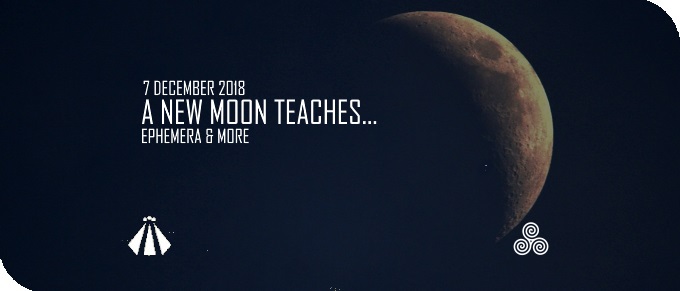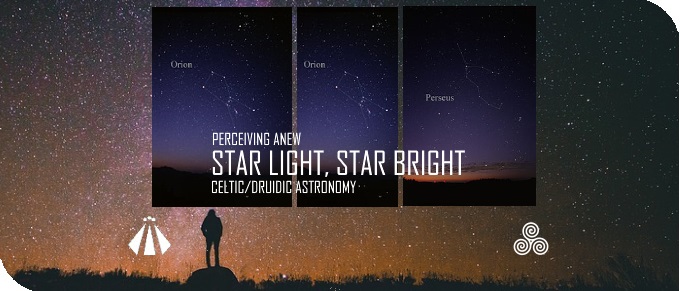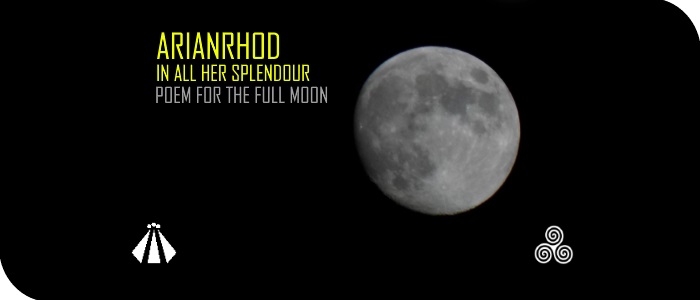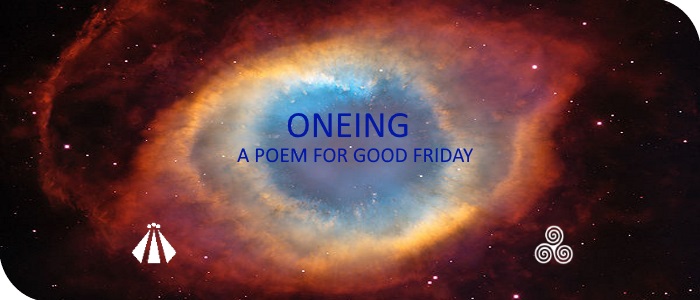
It’s always good to look think about or spirituality, or liturgy, or ritual, as a later Celt or Druid etc, but it’s good to see ourselves as a twenty-first century cosmic‘ navigator’, and aware of nature, of the Source for All. And that’s what I’d like to do now – ie how we can use our hands and fingers and how we can use the sun, the moon, and the sky stars, and be aware of nature around us ie air temperature to insects etc.
So, here’s three ways, that roughly, we can be a ‘twenty-first cosmic navigator’ using:
- sun ‘minute-fingers’
- air temperature crickets (insects)
- astronomical ‘fingers’
SUN ‘MINUTE-FINGERS’: Here is a way to find out how your fingers can give you how many minutes are left before sunset. Just for fun.

So, bring together your four fingers, as in the photo above, and keep your arm as long as you can.
Now, turn your fingers, together, at 90degrees, and then you count how many fingers are different between the sun’s horizon and end of the sun. If there’s one breadth finger between the horizon and the sun then it’s 15 minutes before sundown. Two fingers breadth will show 30 minutes before the sun’s dawn, and each extra finger adds 15 minutes – although it will probably only work better, time wise, with only one to four fingers to work.
AIR TEMPERATURE CRICKETS (INSECTS): Here is a way, when you have insect crickets in your part of your land, you can find out air temperate in Celsius.

So, firstly, you count how many one cricket (male ones) chirps in twenty-five seconds.
Then, secondly, count the total chirps and then divide the number by three.
And then, thirdly, you add the number four.
And, that’s how you find out the temperature in Celsius.
For Instance, if within 25 seconds one cricket chirps for 57chips, you divide 57 by three. So it’s 19. And, then you add the number 3. So, it is 57/3 + 3 = Celsius temperature is 22c. The number the chirps, the greater the higher Celsius.
This is called as Dolbear’s Law, known after Amos Dolbear who published it in 1987. However, Margarette W Brook reported it in 1881, but it went unnoticed until after Dolbear’s publication.
ASTRONOMICAL ‘FINGERS’: Here is a way to show how your fingers make into degrees to stars, planets, comets etc. So, similar to the photo above, bring together your four fingers, and keep your arm as long as you can.

So, hold your fingers to the star in the sky. One (breadth of the) finger shows your showing 1 degree. Two breadth of the fingers means 3 degree are applied, three fingers means 5 degree, four fingers mean 7 degree are shown, and use all four fingers and a thumb close to your finger means you show 10 degrees of the star’s sky
If, for instance a planet, say, Mars is said to be 3 degrees from the moon today, then you can check the moon from away a number of fingers. One finger would show it is from one degree from the moon, but two breadth fingers would show 3 degrees of you away where Mars is from.
Or, you might know a planet or comet etc how many degrees (fingers) it is from certain to a star or constellation.
You might like to try your fingers for the degrees for part of the constellation Orion. Do see that constellation just above here. In the two bright stars are the stars Betelgeuse and Bellatrix – see the two large stars in the photo above here. They are Orion’s shoulder’s. Both stars nicely fit four (breadth) fingers, and are shown by about 7 degrees from others. Here, you can use the night sky, your fingers, and use a sky map on other ways, and become a stellar cartographer! Roughly.
AND THERE MORE. WILDLIFE NAVIGATOR? Over the next few weeks I’d like to do a few articles called ‘the twenty first comic navigator’. Then, we can encourage ecology outside in the forest, and into our towns and cities, too, and in fun ways, too.




 Tonight, 10 May 2017, is the May full moon, in the constellation of Libra. To me and many it is known as the Bright Moon. To celebrate this full moon I wrote the following poem:
Tonight, 10 May 2017, is the May full moon, in the constellation of Libra. To me and many it is known as the Bright Moon. To celebrate this full moon I wrote the following poem: